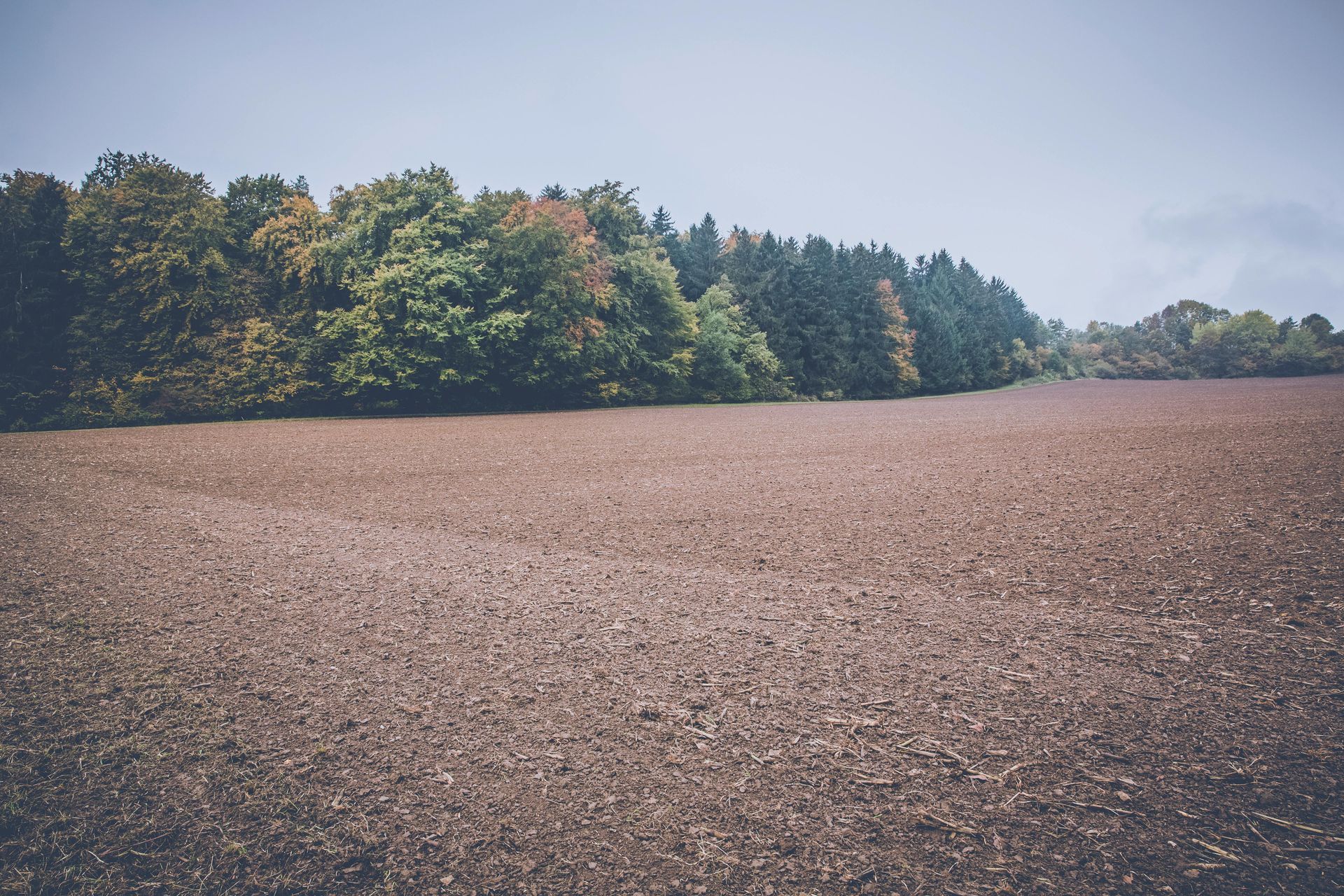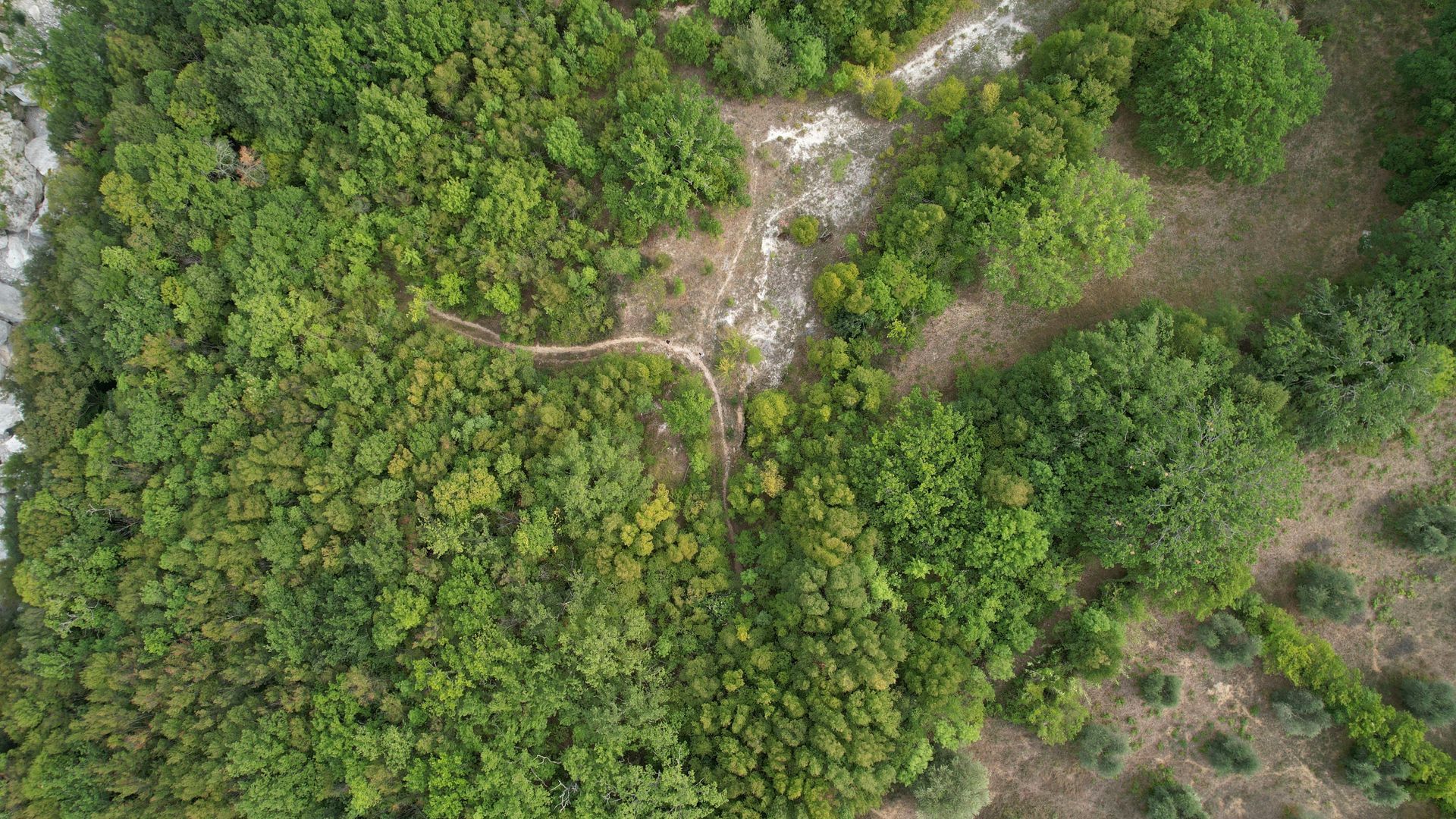Land Clearing vs. Forestry Mulching: What’s Best for Your Property?
If you're preparing a piece of land in West Tennessee or Western Kentucky, you've likely come across two popular services: land clearing and forestry mulching. Both play a major role in site preparation, and both can help you clear brush, remove trees, and get your property ready for whatever comes next. But the big question is, which one is right for your project?
Let’s break down the differences, what each service involves, and how to decide what makes the most sense for your land.
What Is Land Clearing?
Land clearing is a broad term that usually refers to the complete removal of trees, stumps, brush, rocks, and other obstacles from a piece of land. It’s often the first step in developing a site for construction, farming, or general property improvement.
Traditional land clearing methods involve the use of heavy machinery to cut, push, and haul away vegetation. This can include bulldozers, excavators, and trucks to move the material off-site. The result is typically a blank slate, with the land fully exposed and ready for grading or further development.
This method is often used for:
- Preparing a site for new home construction
- Installing driveways or foundations
- Creating open fields or pastures
- Large-scale commercial or agricultural projects
What Is Forestry Mulching?
Forestry mulching is a more targeted method of clearing land. Instead of removing everything from the site, it uses specialized equipment that grinds trees, brush, and vegetation into mulch right on the spot. The mulch is then left behind to act as a ground cover.
This approach leaves behind a natural layer that helps prevent erosion and can improve the appearance of the land. Forestry mulching is less invasive than traditional land clearing and is often used in areas where full removal isn't necessary.
Forestry mulching can be a good option for:
- Clearing underbrush while keeping larger trees intact
- Trail creation or maintenance
- Managing overgrown areas
- Improving hunting access
- Preventing the spread of invasive plant species
Key Differences Between Land Clearing and Forestry Mulching
To figure out which option works better for your property, it helps to understand the differences in process, impact, and outcome.
1. End Result
Land clearing gives you a clean, open space. It removes everything above and sometimes below ground.
Forestry mulching leaves a layer of mulch and may retain trees or stumps depending on the request.
2. Soil Disturbance
Land clearing involves digging, pulling, and scraping, which can disrupt topsoil.
Forestry mulching is more surface-level and typically results in less soil displacement.
3. Project Size
Large construction or agricultural projects often require land clearing due to the need for full access and level ground.
Smaller projects or those focused on maintenance and appearance may benefit from forestry mulching.
4. Time and Equipment
Land clearing usually involves multiple machines and steps, including hauling debris off-site.
Forestry mulching is a one-step process where debris is ground and left in place.
5. Environmental Considerations
Forestry mulching can help reduce runoff and maintain natural nutrients in the soil.
Land clearing may require erosion control plans depending on the terrain and local guidelines.
Which Option Should You Choose?
The answer depends on what you plan to do with the land. If you're building something that requires a completely clear and level site, traditional land clearing might be the better fit. If you're trying to improve the look and function of a wooded or overgrown area without removing all the vegetation, forestry mulching could make more sense.
Some property owners use a mix of both. You might clear a section of land for a new structure but use mulching to manage brush around the edges. The right approach often comes down to your goals, the condition of the property, and the level of access needed.
Common Questions from Property Owners
Can forestry mulching remove large trees?
Forestry mulching equipment is best suited for small to medium-sized trees and underbrush. Large trees usually need to be cut or removed using other equipment.
What happens to stumps during each process?
Land clearing often includes stump removal if needed. Forestry mulching typically grinds stumps down but does not remove them completely unless requested as an additional service.
Does mulching prevent regrowth?
Mulching does not remove root systems, so regrowth is possible. Some property owners use mulching as part of a long-term land management plan.
Final Thoughts
Both land clearing and forestry mulching serve important roles in site preparation. The best choice depends on your project scope, the current state of your property, and your future plans. If you're not sure which direction to go, it's worth working with a company that can assess your property and walk you through your options.
If you're in West Tennessee or Western Kentucky and need help evaluating your land, Shamrock Dirt & Forestry has the experience and equipment to handle both types of projects. Whether it's preparing land for a home build or managing overgrown brush, their team is ready to guide you through the process.
Request A Quote
We will get back to you as soon as possible.
Please try again later.



